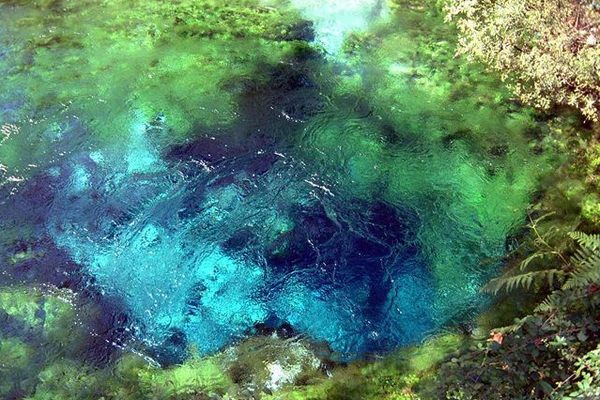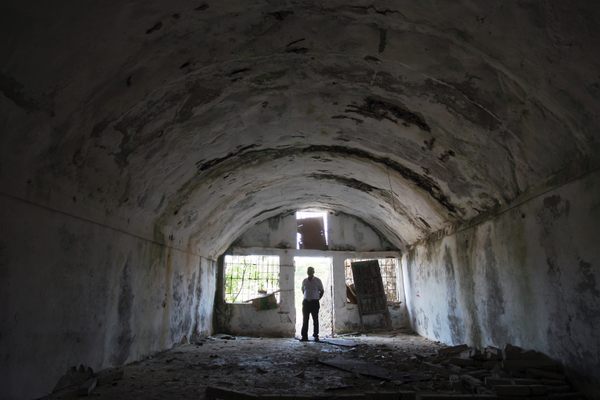Found: An Untouched 2,000-Year-Old City in Albania
The hilly ruins remained lost for centuries.

Sometimes, rocks are more than crumbled pieces of the earth. Sometimes, they unveil clues about our planet’s ancient past or future. For archaeologists from the Antiquity of Southeastern Europe Research Centre at the University of Warsaw, the rocks in Shkodër, Albania, turned out to be the ruins of the 2,000-year-old lost city of Bassania.
Back then, Bassania was an economic and military stronghold, part of the Illyrian kingdom, which existed from 400 to 100 B.C. The ancient city contained numerous settlements and fortresses, one of which the archaeologists unearthed.
What they found were ancient stones of a fortress guarded with large bastions and roughly 10-foot-wide stonewalls and gates. These defensive buildings, according to University of Warsaw professor Piotr Dyczek, are common in Hellenistic architecture. The team confirmed the age of the ruins by analyzing nearby coins and ceramic vessel fragments, which dated back to the time of the Illyrian kingdom.
Following the stones led to more clues about the city. Large stone walls encompassed an area of about 200,000 square meters, meaning Bassania was three times larger than ancient Shkodër, which was 70,000 square meters.
But this city, and the Illyrian kingdom, ultimately fell to a Roman invasion in the beginning of the first century. This may be why it took so long for archaeologists to find Bassania.
“The reason could be that the city had ceased to exist so long ago that its name was forgotten,” wrote Dyczek.
They Polish and Albanian archaeologists also speculate that the location’s geological infrastructure has something to do with it. The ruins are found on a “hill locally called ‘lips of viper’ in [the village of] Bushat, a few miles from Shkodër,” wrote Dyczek. After years of erosion, the stone remnants look like a part of the sandstones and conglomerates that make up the hill. So to a passerby, it might look like a bunch of stones, not a structure made by humans.
Now that the unearthed city is visible, the ruins will be open for sightseeing.








Follow us on Twitter to get the latest on the world's hidden wonders.
Like us on Facebook to get the latest on the world's hidden wonders.
Follow us on Twitter Like us on Facebook